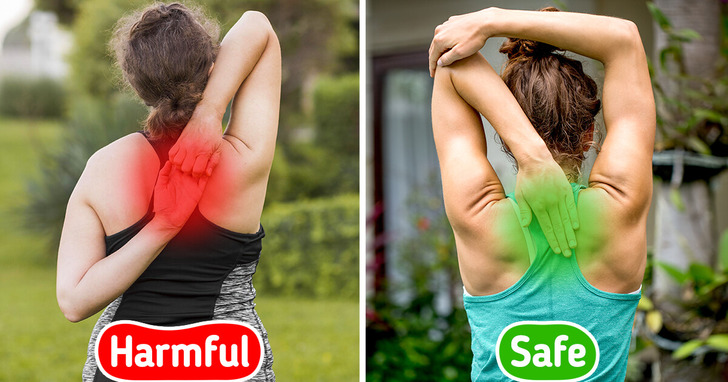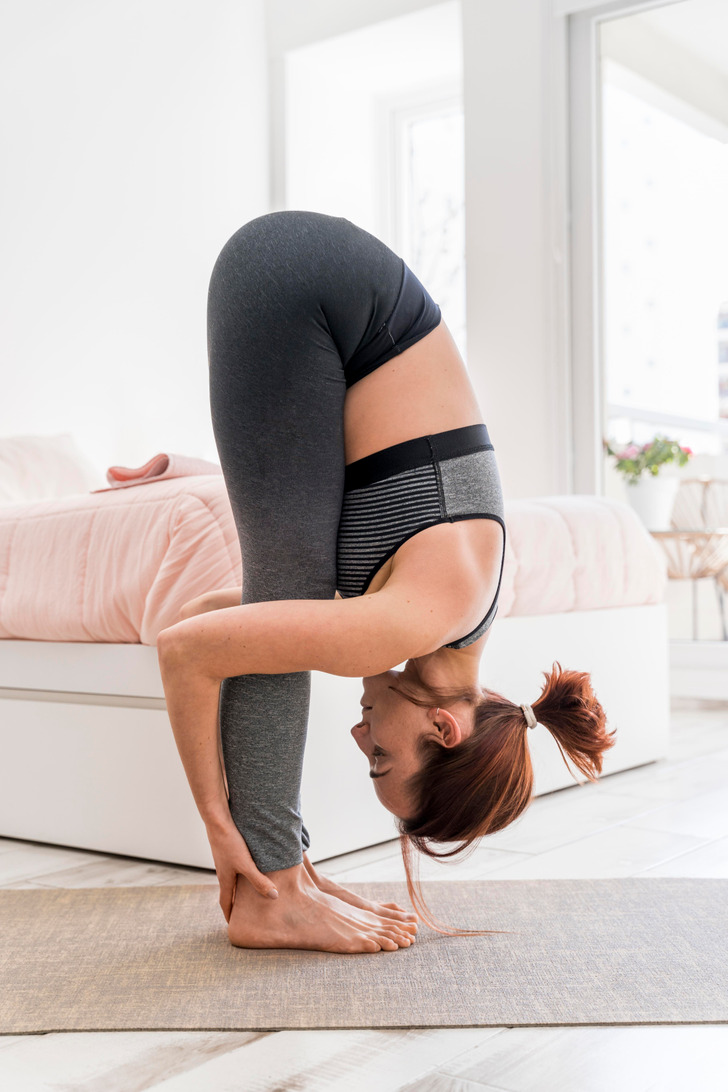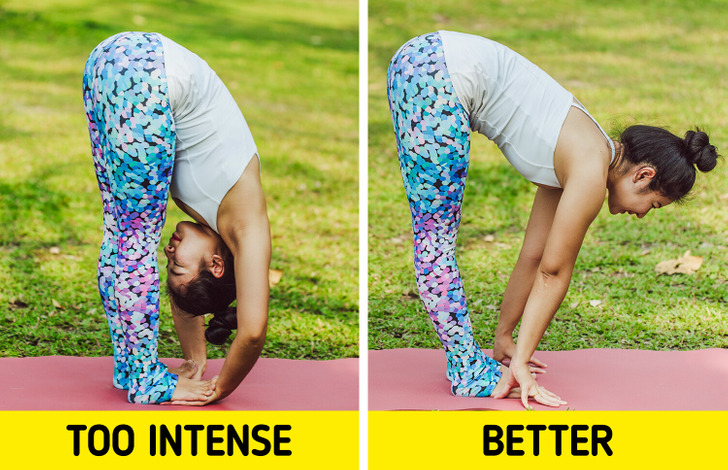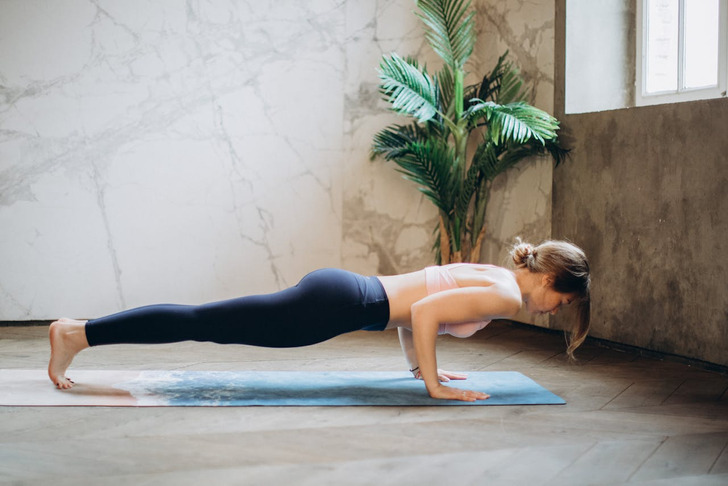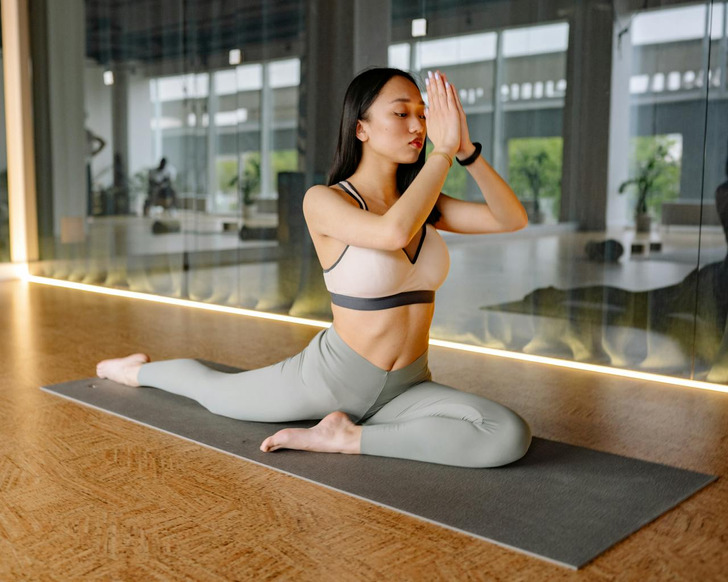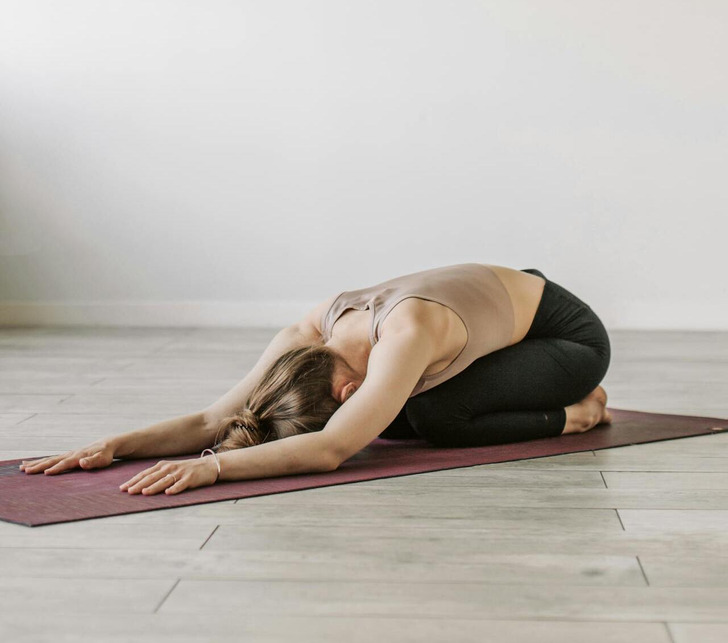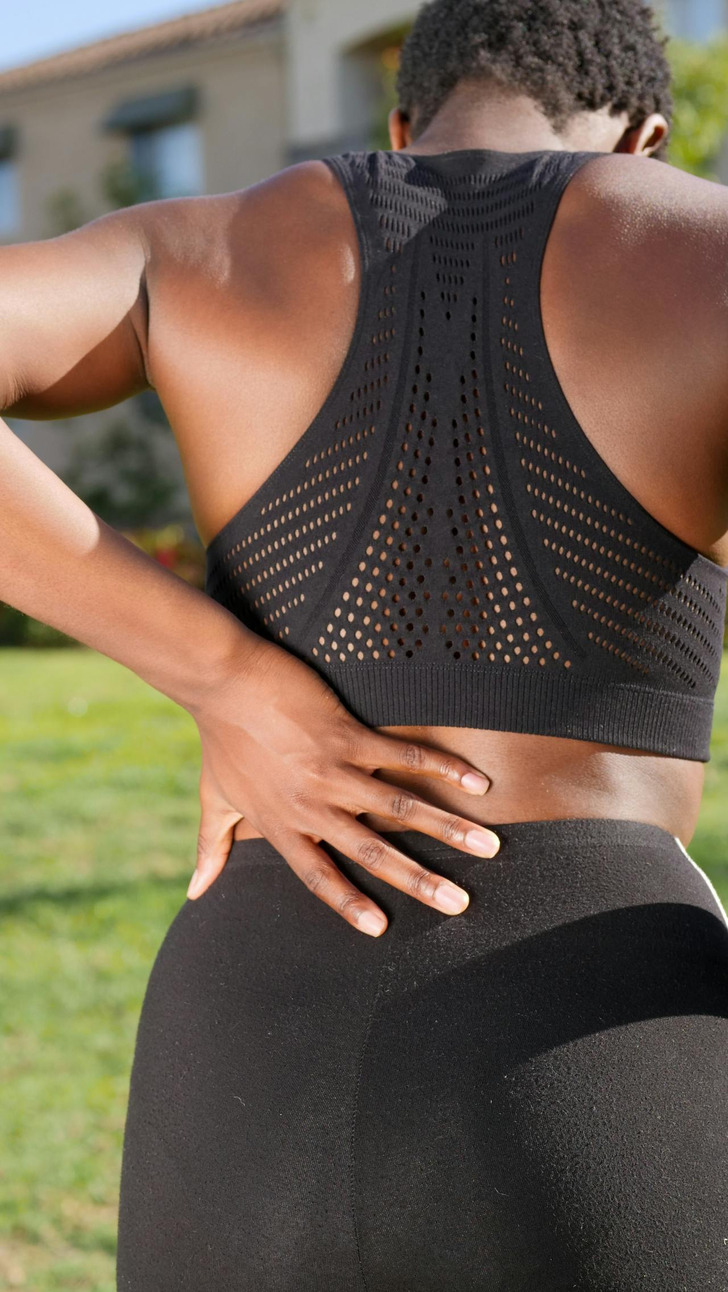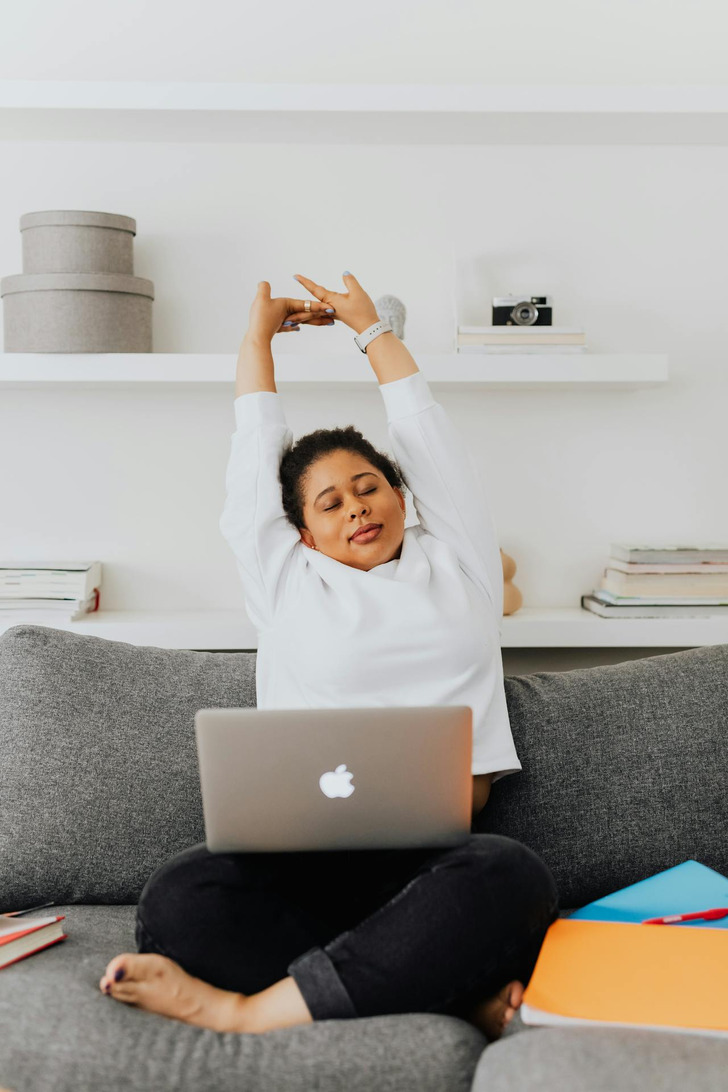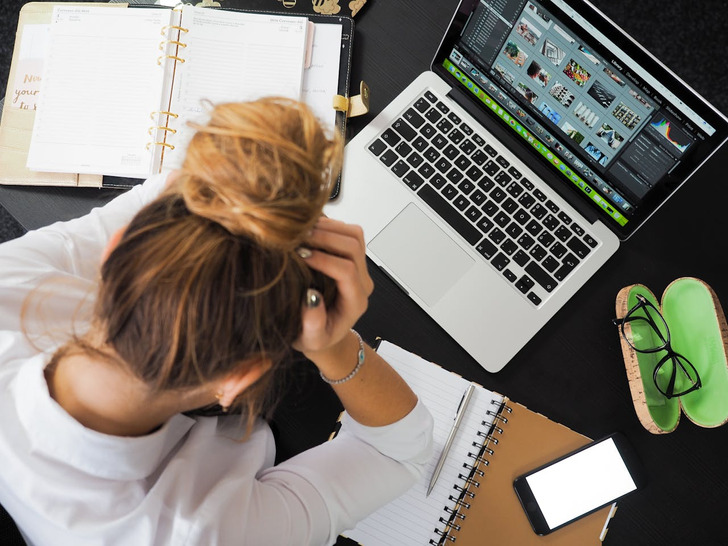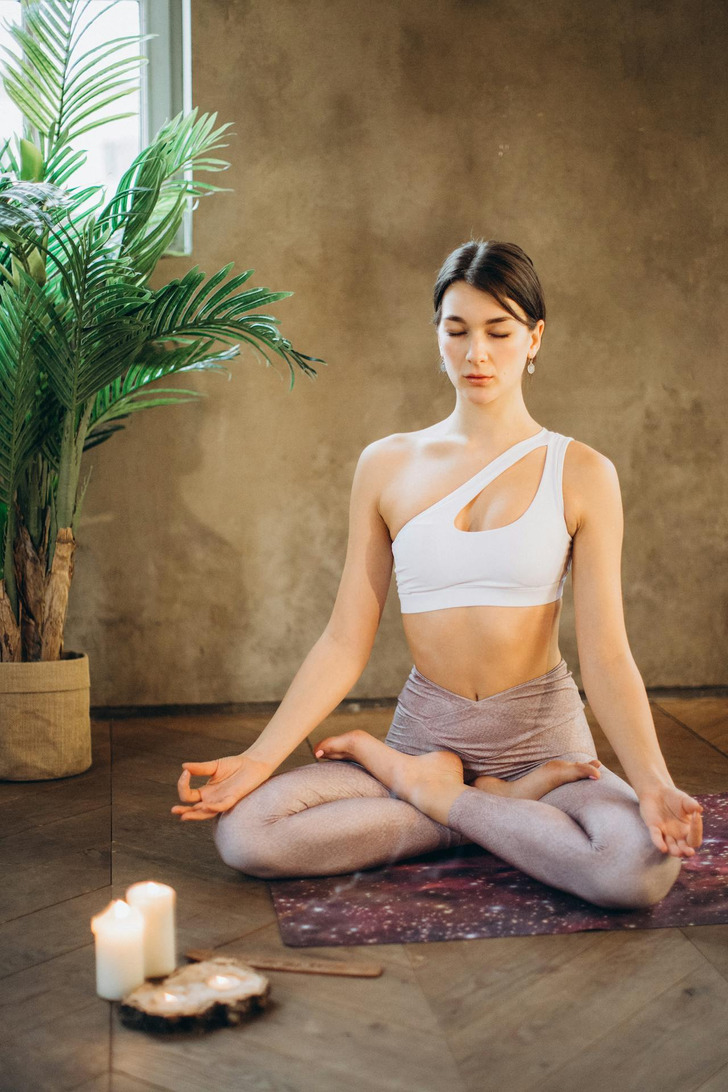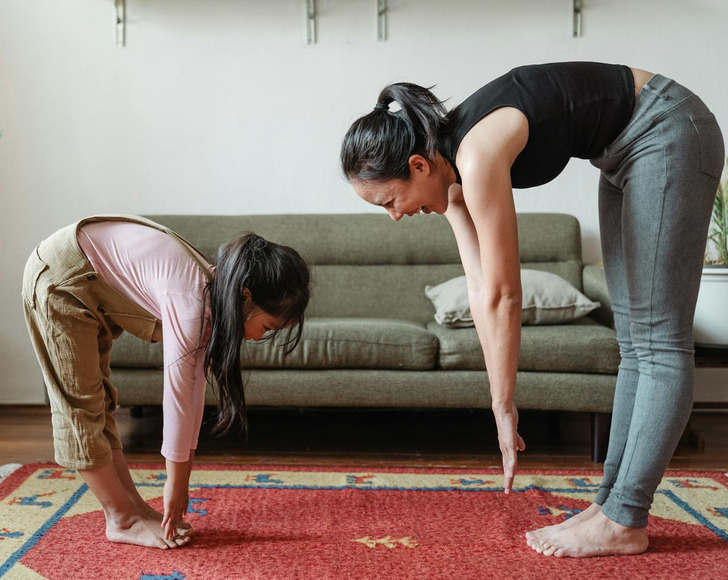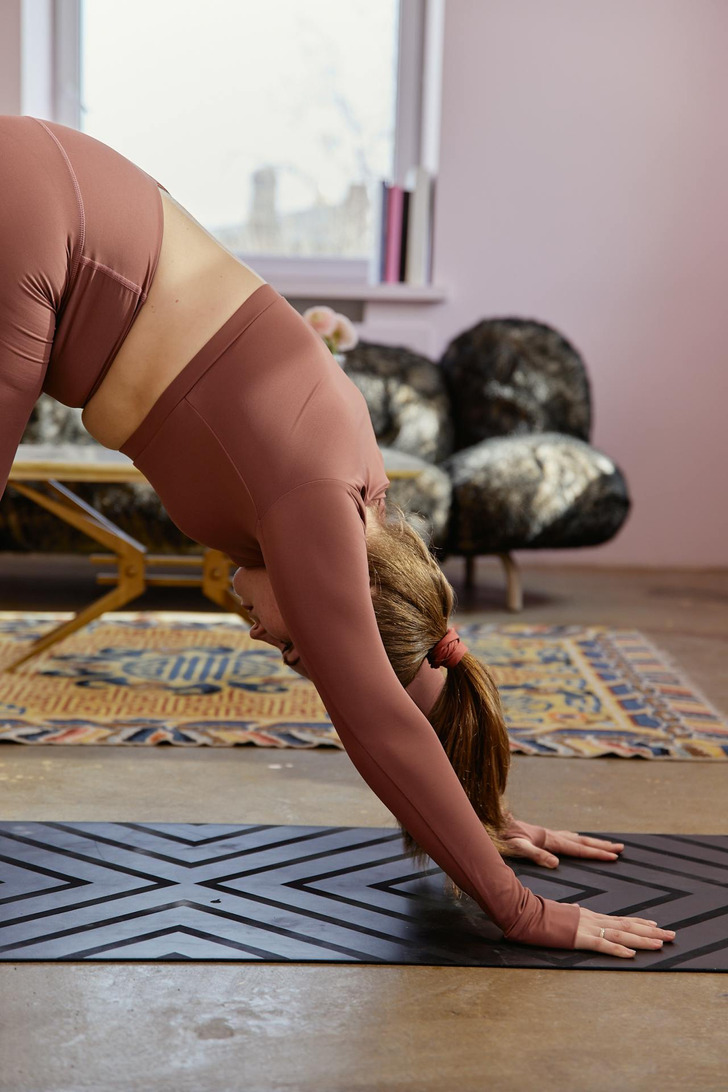I think, I can never earn over which I paid by my precedent employer, but I was wrong, world is so large to try their fate. but now I am making $52/h even more,and easily earn minimum $1300/week, on the experience everyone must try to do work online, easy way to earn, here's an example.
𝐰𝐰𝐰.Richnow05
10 Simple Stretches to Effortlessly Ease Your Body After a Long Day
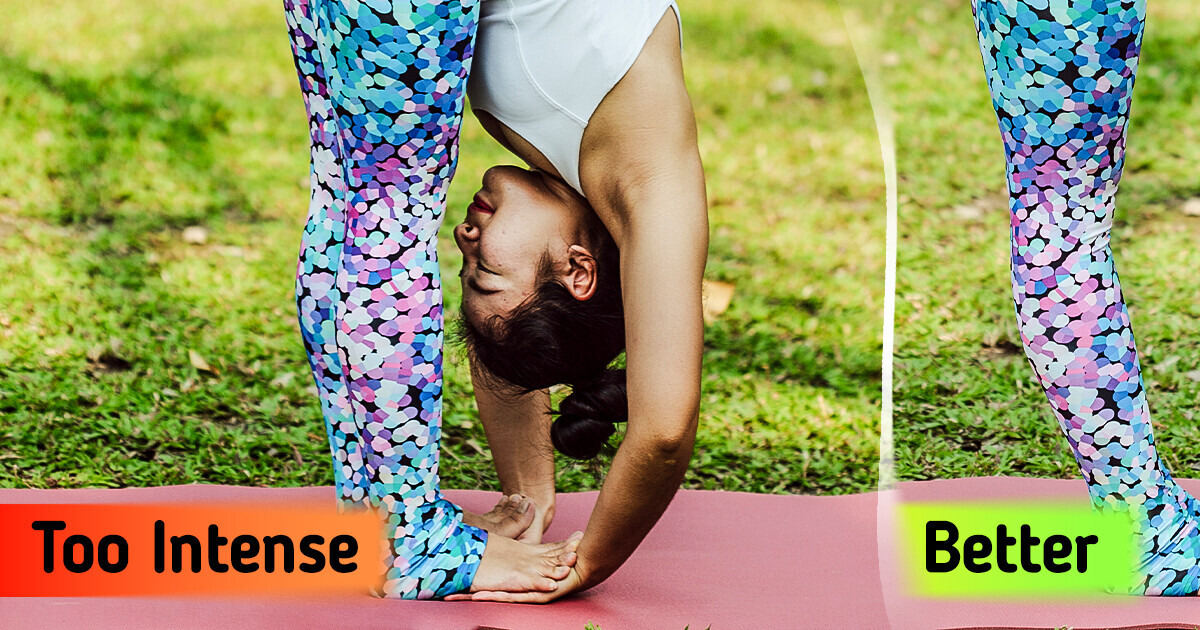
Had one of those days where life leaves your body aching and stiff? Don’t worry—gentle stretches and flexibility exercises are here to save the day! Whether it’s your hips protesting, your neck feeling tight, or your lower back begging for relief, this easy at-home workout routine will help you feel better fast. Dive into these yoga poses for back pain and rediscover your comfort zone.
Why stretching is a game-changer
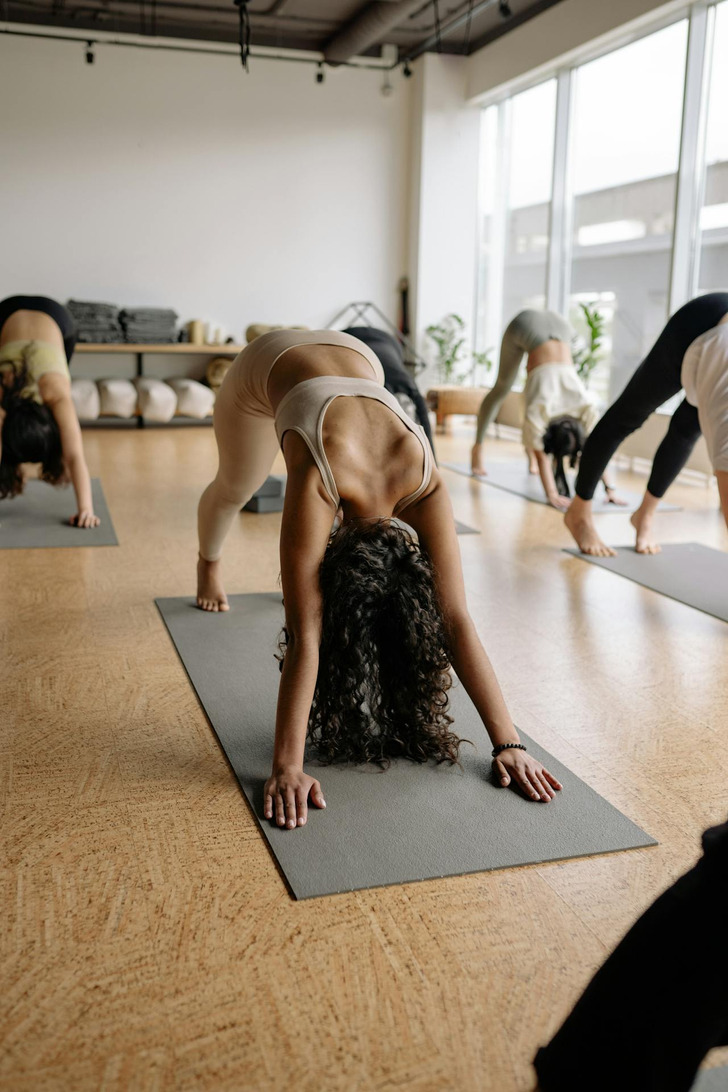
Stretching is more than a physical activity—it’s a moment of self-care. From improving posture to reducing stress, flexibility exercises benefit both your body and mind. For those battling stiffness or back pain, these at-home stretches are like hitting the reset button. You’ll feel more relaxed, move with ease, and even dodge potential injuries. So grab a yoga mat or find a cozy spot, and let’s get started on your journey to back pain relief.
Golden rules for effective stretches
- Go gentle. These are simple stretches, not a competition—move in ways that feel good for you.
- Breathe deeply. Use slow, intentional breaths to enhance each pose.
- Be consistent. Even just 10 minutes a day of flexibility exercises can improve your posture and reduce discomfort.
Best yoga poses for lower back pain and tight hips
1. Forward fold
- How to:
1. Stand tall, feet together, shoulders back, and chest lifted.
2. Inhale deeply; as you exhale, drop your chin to your chest and roll down slowly, vertebra by vertebra.
3. Let your head hang toward the floor and your chest move toward your thighs (no pressure to touch!).
4. Grab your toes, clasp elbows, or rest your hands on the floor—whatever feels best.
5. Gently shake your head “yes” and “no.” It’s oddly satisfying.
6. Hold for 30–60 seconds, breathing deeply. - Feel it: In your back and hamstrings.
- How It Helps Your Muscles: This stretch loosens tight hamstrings, back, and neck boosts circulation, reduces stress, and eases stiffness. Expect to feel lighter, calmer, and more relaxed!
Why half-standing forward fold is better for some
Standing Forward Bend can be too intense because:
- Hamstring or back strain: Tight hamstrings or lower back muscles might overextend.
- Dizziness: Fully folding forward can cause lightheadedness, especially if blood pressure fluctuates.
- Flexibility limits: If you can’t reach the floor comfortably, the pose may feel frustrating or unsafe.
Half Standing Forward Bend (hands on thighs, shins, or a surface) reduces strain while still stretching your back, hamstrings, and shoulders. It’s gentler, supports proper alignment, and prevents overextension, making it a safer, more accessible option.
2. Ankle rotation stretch
- How to:
1. Start on all fours, shoulders over wrists, hips over knees, and back flat.
2. Extend your right leg behind, pressing the ball of your foot into the floor.
3. Rotate your ankle forward, backward, and around, keeping toes grounded,
4. Do 8–10 rotations, then switch sides. - Feel it: In your calves, ankles, and toes.
- How It Helps Your Muscles: Loosens stiff ankles, improves flexibility, and relieves tension in your lower legs.
3. 90/90 stretch
- How to:
1. Sit with your right knee bent at 90° in front, calf perpendicular to your body, and foot flexed.
2. Rest your right leg flat and bend your left knee behind you, keeping your left foot flexed.
3. Keep your right butt cheek grounded; lower the left cheek as close to the floor as possible.
4. Hold for 30 seconds to 2 minutes, then switch sides. - Feel it: Hips and glutes.
- How It Helps: Gently opens tight hips, stretches glutes, and improves mobility without the intensity of pigeon pose.
4. Cat-cow
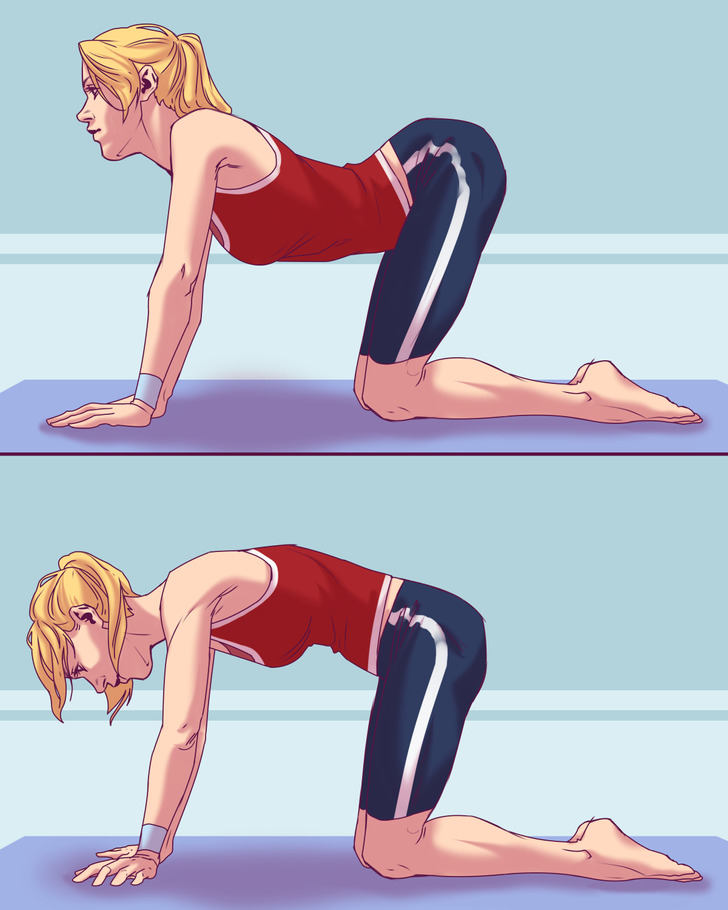
- How to:
1. Start on all fours, shoulders over wrists, hips over knees.
2. Exhale: Round your spine, tucking your head (Cat pose).
3. Inhale: Lift your head, chest, and tailbone as you arch your back (Cow pose).
4. Repeat slowly for 1–3 minutes. - Feel it: In your spine and shoulders.
- How It Helps: Loosens the spine, eases back tension, improves flexibility, and promotes relaxation through rhythmic movement.
5. Pigeon pose
- How to:
1. From Downward-Facing Dog, lift your right leg high, then bring it forward, placing your shin at an angle in front of you.
2. Extend your left leg straight behind you, resting the top of your foot on the floor.
3. Keep your right foot flexed and adjust so your left hip lowers closer to the floor.
4. Sit upright, breathing deeply, and hold for at least three breaths.
5. Return to Downward Dog and repeat on the other side. - Feel it: Hips and lower back.
- How It Helps: Deeply stretches hips, glutes, and hip flexors, releasing tension and improving mobility.
6. Reclined figure-four stretch
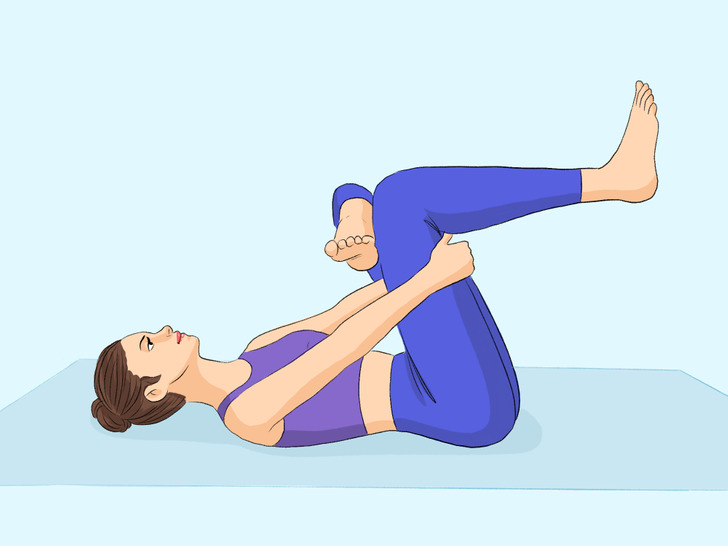
- How to:
1. Lie on your back with your knees bent and feet flat on the floor.
2. Cross your right foot over your left thigh, resting your right calf on your thigh.
3. Stop here if the stretch feels good, or clasp your hands behind your left thigh and pull it gently toward your chest for a deeper stretch.
4. Hold for 30–60 seconds, then lower your foot and uncross your leg.
5. Repeat on the other side. - Feel it: Hips and lower back.
- How It Helps: Releases tension in the hips, glutes, and lower back while improving flexibility.
7. Reclined twist
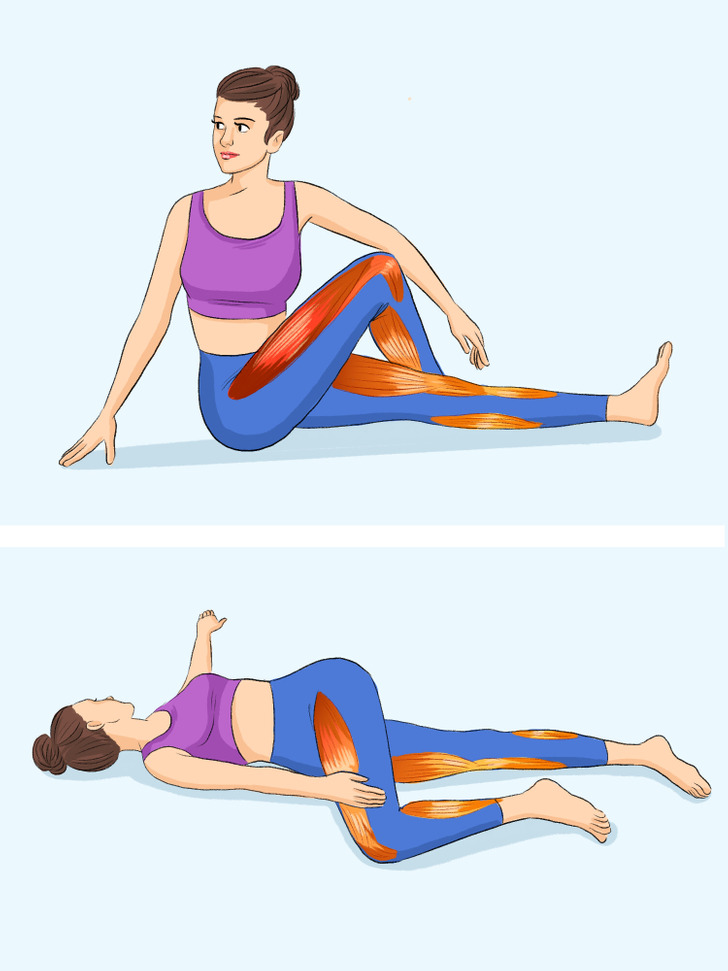
- How to:
1. Lie on your back, hugging your knees to your chest.
2. Extend your arms out to the sides and press your shoulder blades into the floor.
3. Drop your knees gently to one side while twisting your torso in the opposite direction.
4. Keep your upper backgrounded and your chest square to the ceiling.
5. Hold for 30–60 seconds, then switch sides. - Feel it: Hips and lower back.
- How It Helps: Relieves tension in the lower back, spine, and hips while promoting relaxation and spinal mobility.
8. Happy baby
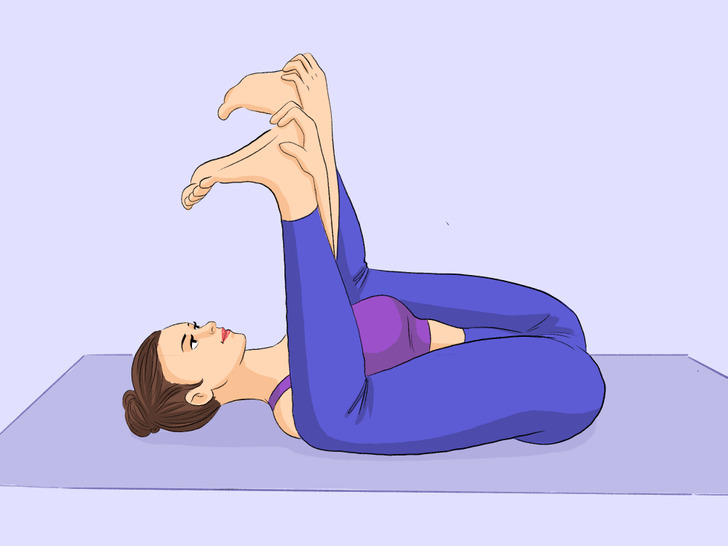
- How to:
1. Lie on your back with your knees bent and feet flat.
2. Lift your feet, grabbing the outer edges of your feet, ankles, or big toes (whatever feels comfy).
3. Gently pull your feet toward your chest, letting your knees drop toward the floor on either side.
4. Keep your back flat on the floor.
5. Hold for 1–2 minutes, breathing deeply. - Feel it: Hips, inner thighs, and possibly your inner child.
- How It Helps: Stretches hips, inner thighs, and lower back while calming your mind—like a baby, but happier!
9. Legs up the wall
- How to:
1. Sit near a sturdy wall and lie on your back with your knees bent, feet flat, and toes touching the wall.
2. Slowly walk your feet up the wall, scooching your hips closer until your legs are extended overhead.
3. Keep your knees soft and arms relaxed at your sides.
4. Flex and point your feet or let them relax completely.
5. Hold for 2 minutes or longer, breathing deeply. - Feel it: In your legs, back, and soul.
- How It Helps: Relieves leg fatigue, promotes circulation and provides a calming, restorative stretch. Perfect for unwinding!
10. Child’s pose
- How to:
1. Kneel on a mat with knees hip-width apart and feet together behind you.
2. Inhale deeply; as you exhale, fold your torso over your thighs, resting your forehead on the floor.
3. Stretch your arms forward, lengthening your spine from tailbone to head.
4. Adjust by spreading your knees wider or inching your fingertips forward for comfort.
5. Hold for 1–2 minutes, breathing deeply. - Feel it: Lower back, hips, shoulders. Pure bliss.
- How It Helps: Gently stretches the lower back, hips, and shoulders while calming the mind and relieving tension.
Why puppy stretch can be too intense and child’s pose might be better
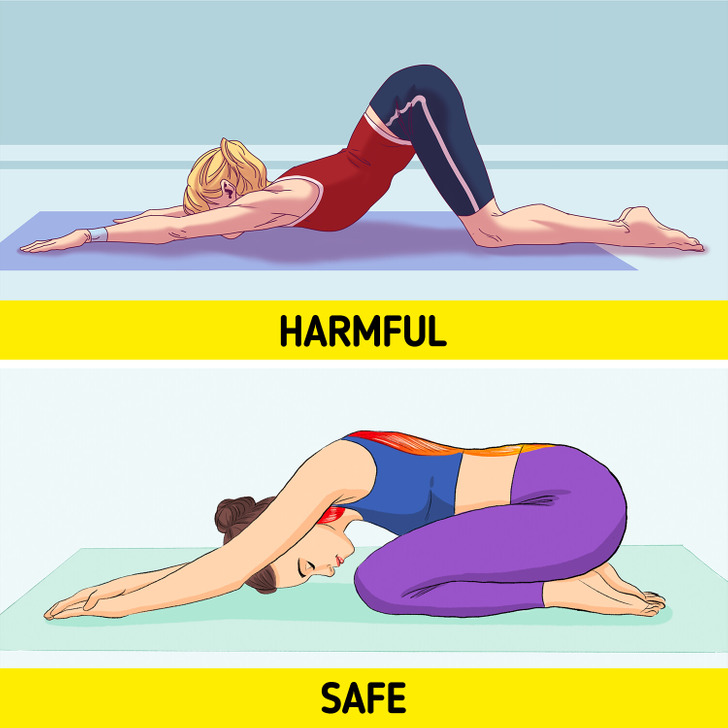
Puppy Stretch can feel too intense due to:
- Shoulder strain: Tight shoulders may struggle with the deep stretch.
- Lower back pressure: The strong arch can aggravate sensitive backs.
- Neck tension: Poor alignment might cause strain.
Child’s Pose offers a gentler option with full support, customizable adjustments, and a soothing, restorative effect. It’s a safer choice for relaxation and flexibility.
How to relieve back pain at home
With these gentle stretches and yoga poses for beginners, you can create a quick and easy workout routine for back pain relief. Whether you’re short on time or new to flexibility exercises, these moves will help you reduce stress, improve posture, and boost your overall well-being.
In just 10 minutes a day, you’ll feel more aligned, relaxed, and ready to take on the world. So roll out your mat, take a deep breath, and stretch your way to a healthier, happier back!
Why your body needs daily relief from tension
Life’s daily grind—whether it’s sitting at a desk, running errands, or keeping up with busy schedules—can leave your muscles stiff and tense. Stretching acts as a reset button, releasing built-up tension, improving blood flow, and increasing flexibility. Incorporating gentle stretches into your day can help you feel relaxed, reduce stress, and keep your body ready for action.
How a sedentary lifestyle affects your muscles
Sitting all day takes a toll on your body. Prolonged sedentary habits can shorten your hip flexors, tighten hamstrings, and weaken your core and glutes. This imbalance often contributes to lower back pain and stiffness. Stretching counteracts these effects by keeping your muscles supple, improving posture, and enhancing overall mobility.
The power of relaxation for muscle recovery
Your muscles recover most effectively when they’re in a relaxed state. Stretching combined with deep breathing activates your parasympathetic nervous system (your “rest and digest” mode), helping repair muscle micro-tears, reducing soreness, and promoting better blood flow after workouts or long periods of inactivity.
Consistency is key to supporting your body’s natural recovery process. Start with 5-10 minutes of daily stretches, either in the morning to energize or at night to relax. Pair these stretches with hydration, good sleep, and regular movement breaks to keep your body in peak condition.
Everyday habits to reduce tension and stay relaxed
- Hydrate. Muscles need water to stay flexible and strong.
- Move often. Short walks or desk stretches can make a big difference.
- Prioritize sleep. Quality rest aids muscle repair and recovery.
- Practice deep breathing. Helps calm your body and reduce stress.
- Stretch daily. Even 5-10 minutes of flexibility exercises can improve how you feel.
FAQs About stretching and lower back pain
- What are the best stretches for lower back pain?
Try these gentle stretches for pain relief: Child’s Pose, Cat-Cow Pose, Reclined Twist, Figure-Four Stretch. These stretches target your spine, hips, and surrounding muscles, helping to alleviate tension and improve flexibility. - Can stretching relieve lower back pain?
Yes! Stretching loosens tight muscles, improves blood flow, and enhances mobility—all of which can help reduce back pain. Consistency is crucial for long-term relief. - How often should I stretch to relieve lower back pain?
Daily stretching is ideal for maintaining back health. However, even 3-4 sessions per week can significantly improve how your back feels. Adjust based on your body’s needs. - What are some easy stretches I can do at home for back pain?
At-home stretches like Legs Up the Wall, Cat-Cow, and Reclined Twist are simple yet highly effective. They require no equipment and are perfect for quick relief. - Is it safe to stretch with chronic back pain?
Always consult your doctor first if you have chronic back pain. Focus on gentle, pain-free stretches and avoid movements that feel uncomfortable. - What yoga poses are best for alleviating back pain?
Yoga poses like Child’s Pose, Downward-Facing Dog, and Sphinx Pose can release back tension and improve flexibility. They’re especially beneficial when done consistently. - Can I prevent back pain with regular stretching?
Absolutely! Stretching strengthens your core and back muscles, improves posture, and keeps your body balanced and flexible—all of which help prevent back pain. - Are there stretches I should avoid if I have back pain?
Avoid any stretches that cause sharp or shooting pain. Be cautious with deep backbends or intense twists, and always listen to your body’s signals.
Well, now that we’ve covered everything about stretching, let’s switch gears and dive into something just as important: personal hygiene. Ready for a surprise? Let’s explore what science has to say about how often you need to shower—you might find the answer a little shocking!
Comments
Related Reads
My Future Mother-in-Law’s “Dehumanizing” Birthday Present Left Me in Shock

“Older Women Shouldn’t Wear Bikinis,” Demi Moore, 61, Divides Opinions With Her Latest Video

12 Moments When Quiet Kindness Turned Ordinary People Into Legends

I Refused to Follow My Boss’s Unethical Order — Then Discovered the Company’s Dark Secret
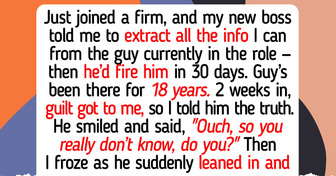
I Absolutely Refused to Be the “Office Party Planner” Just Because I’m a Woman
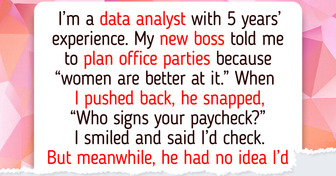
My Husband’s Wedding Speech Was Meant to Be Romantic—It Became My Wake-Up Call Instead

I Refuse to Give My Wedding Venue to My Spoiled Sister, I Don’t Care If She’s Pregnant

12 Stories That Prove Kindness Isn’t Weakness, It’s Grit With a Gentle Face

13 People Share the Things They’ve Been Hiding From Their Partners for Years

10 Honest Stories That Capture the Struggles and Pain of Blended Families
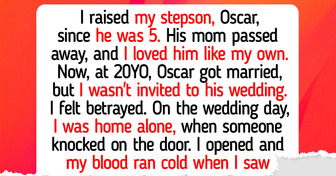
14 People Who Walked Straight Into Awkward Moments

20+ Moments That Remind Us That Kindness Costs Nothing but Means Everything

